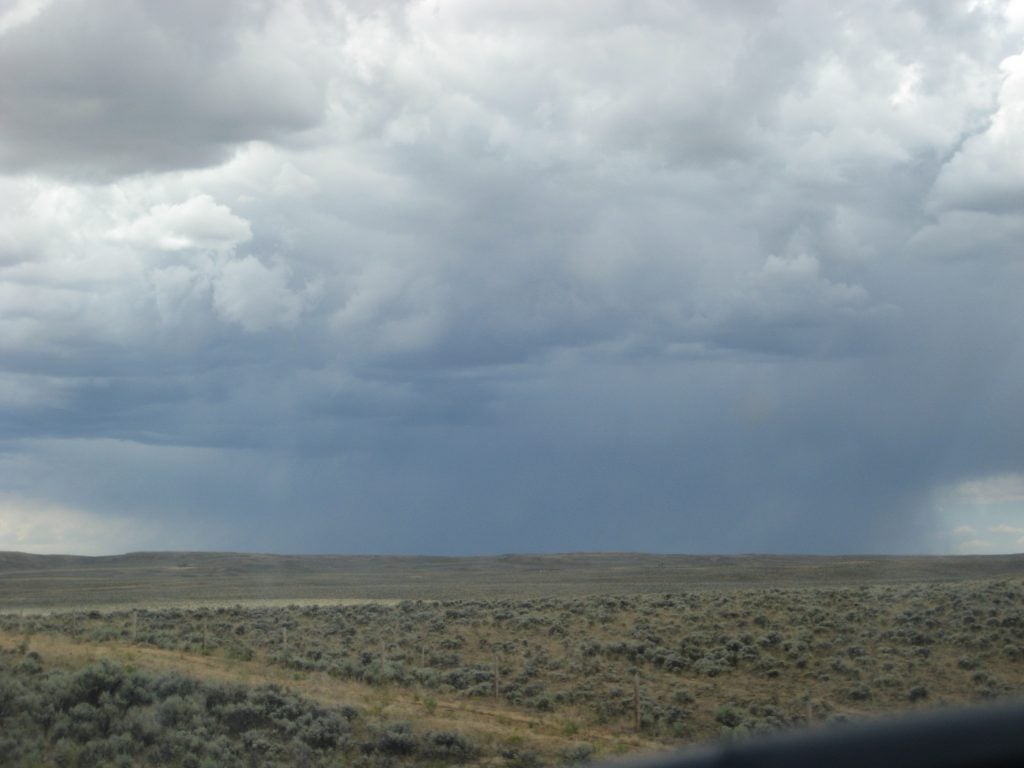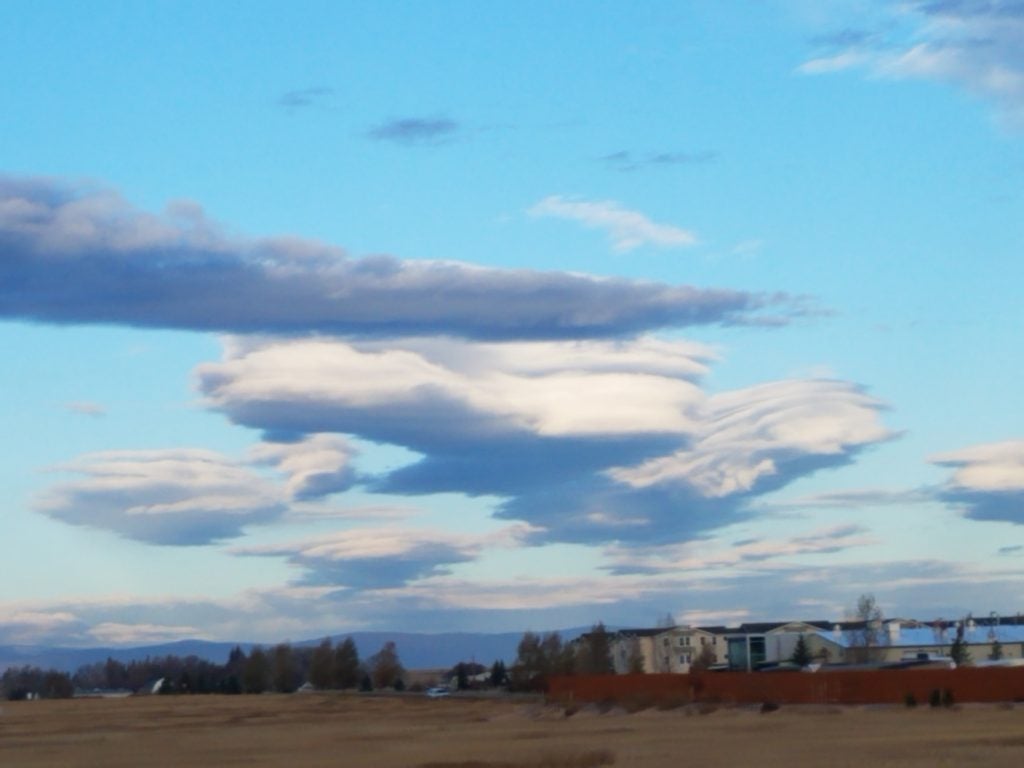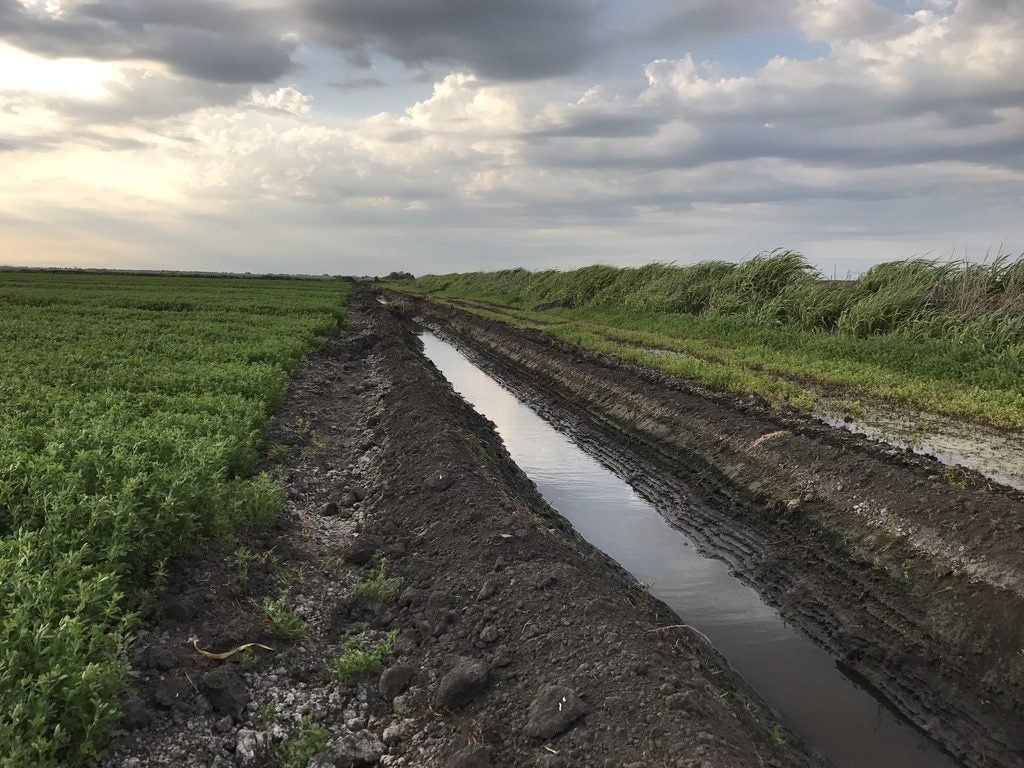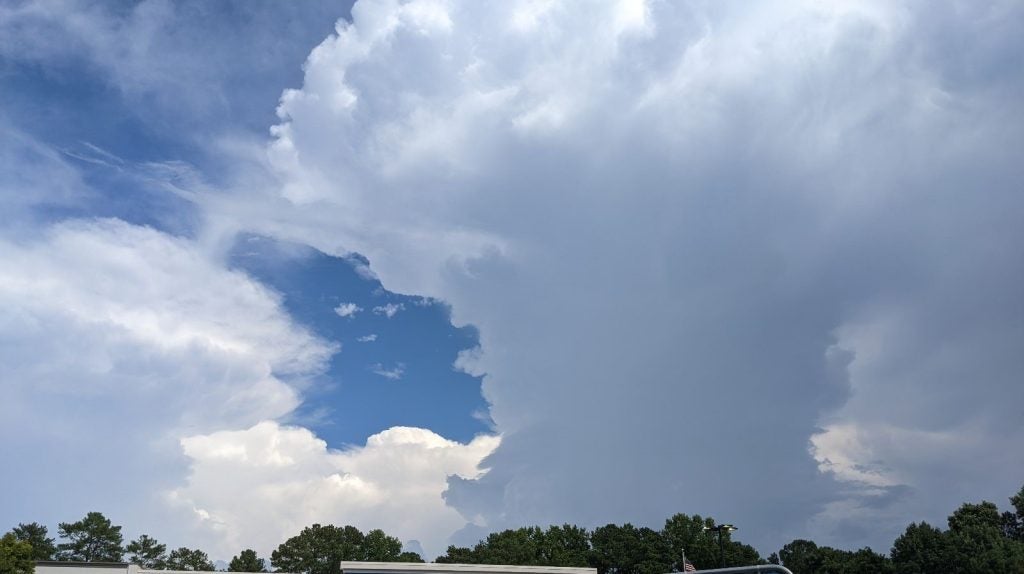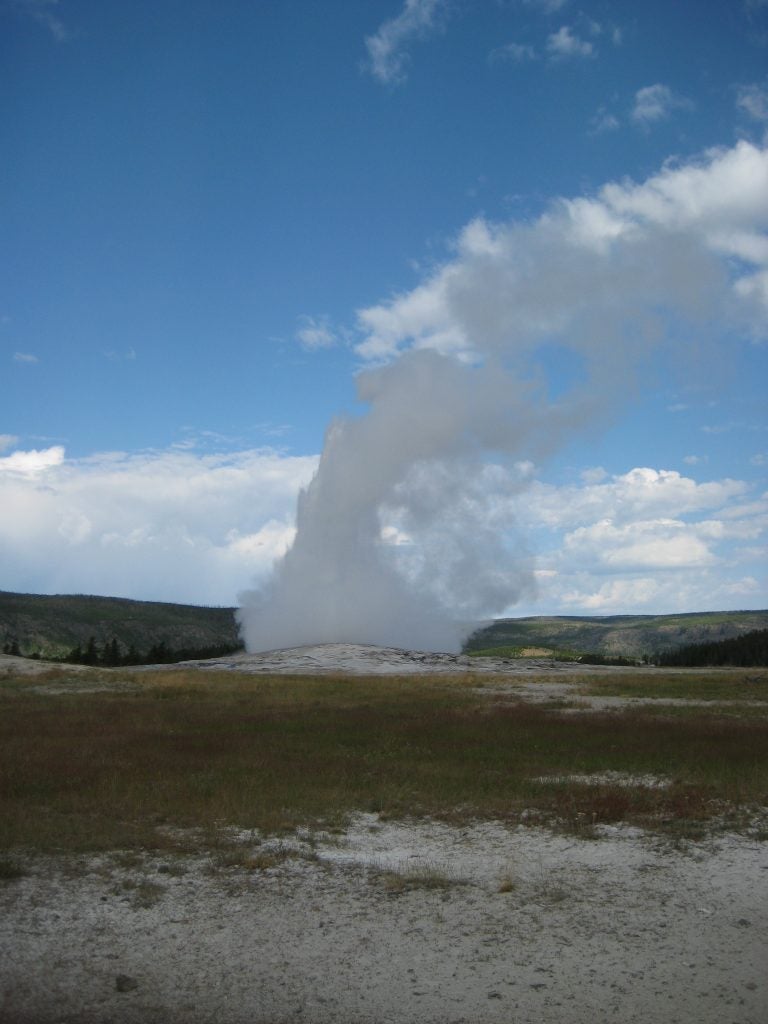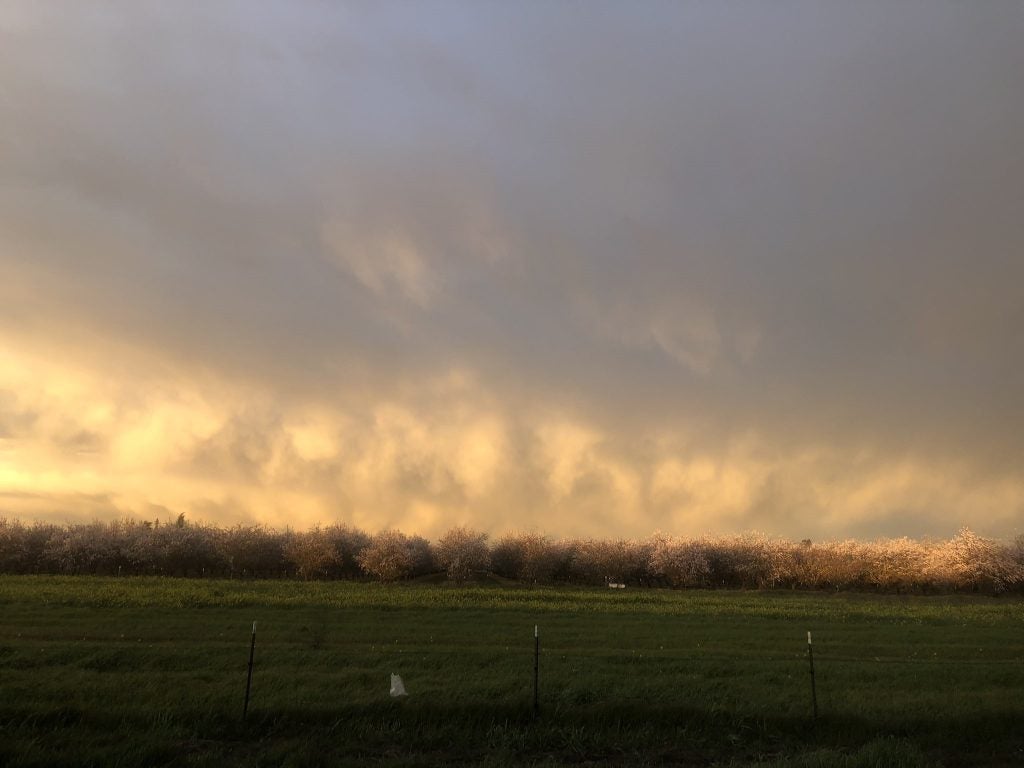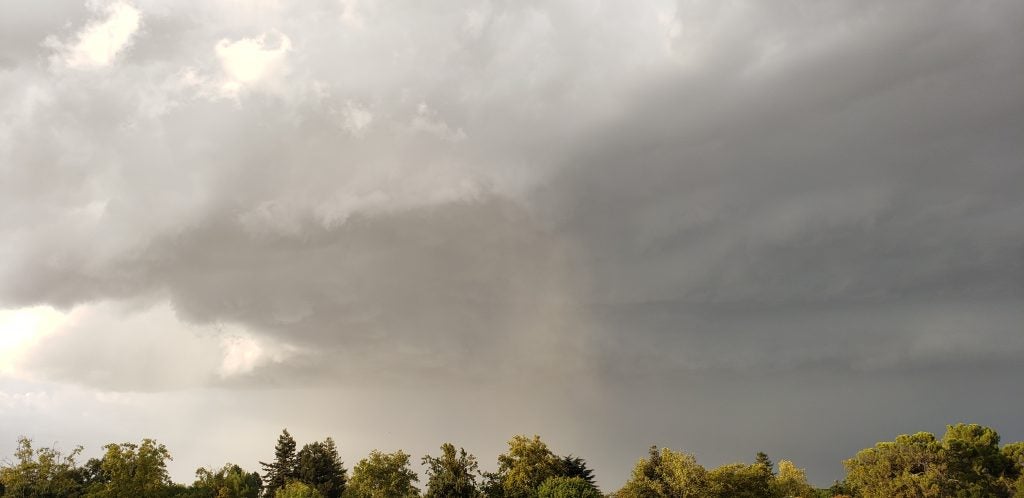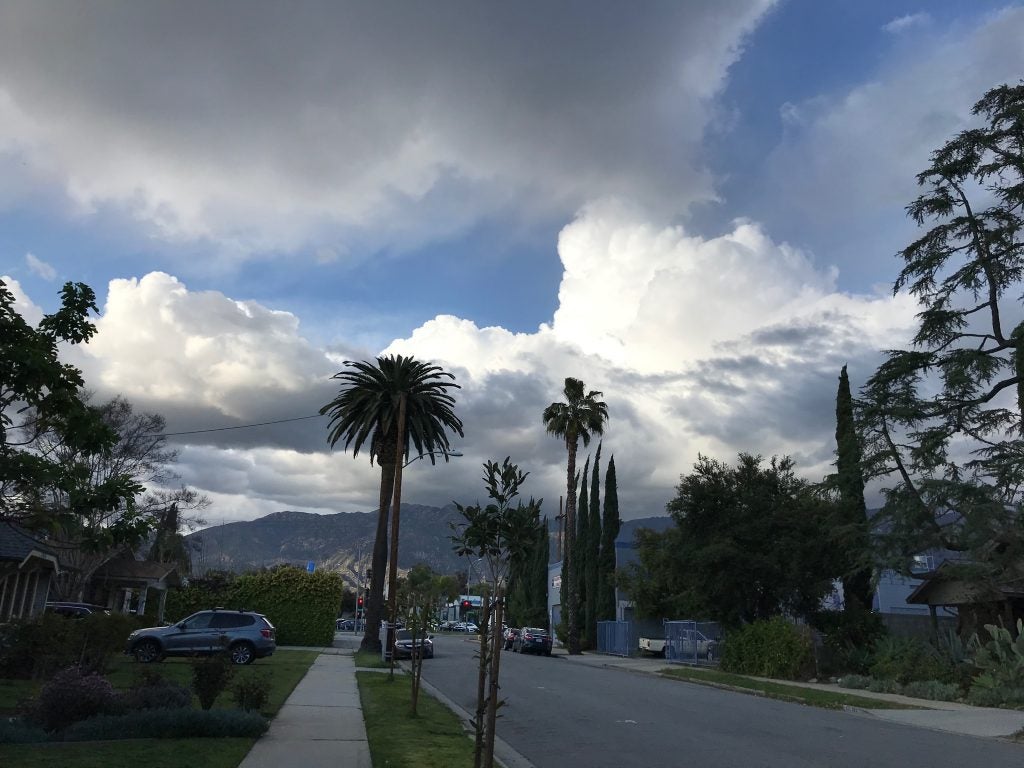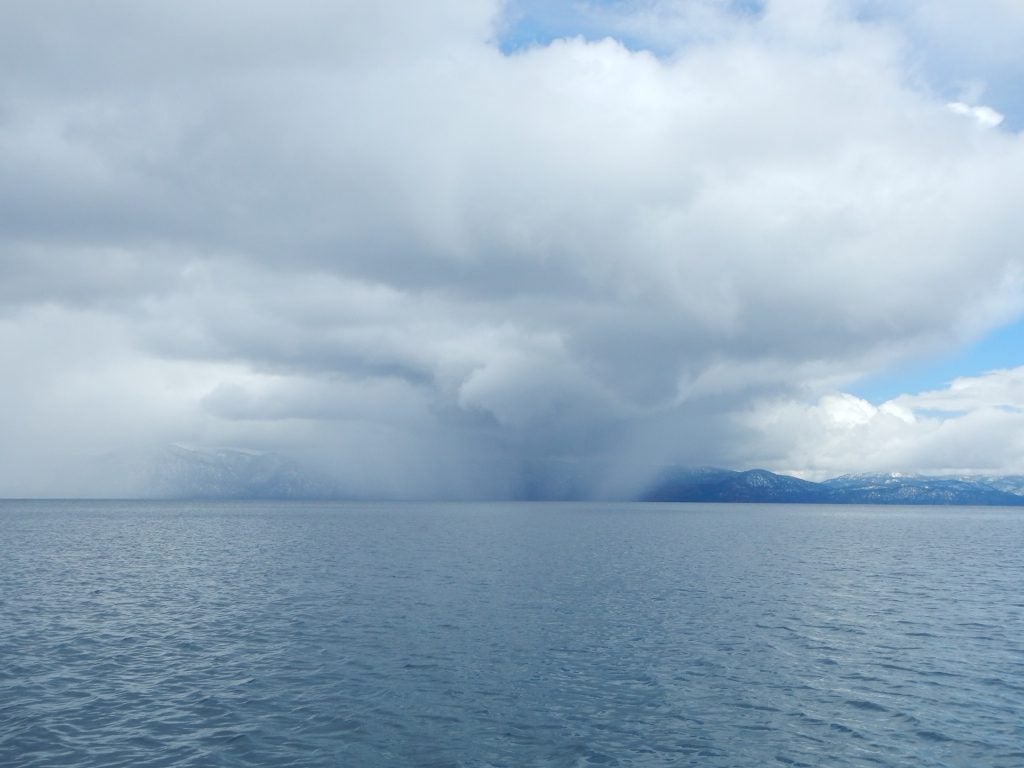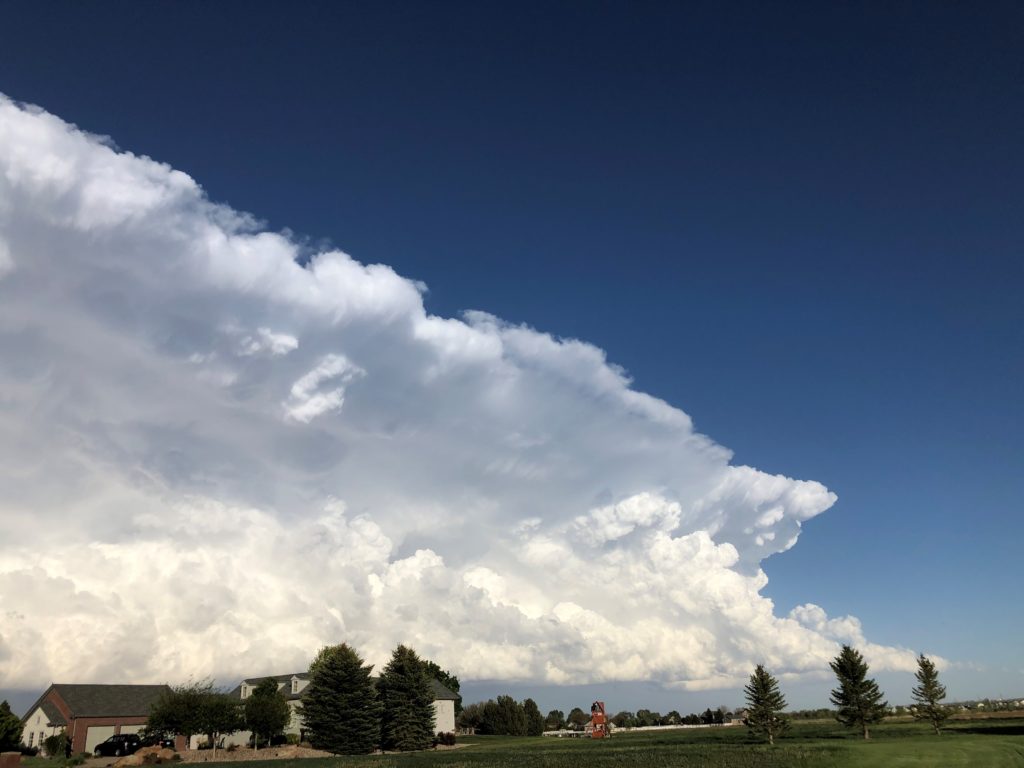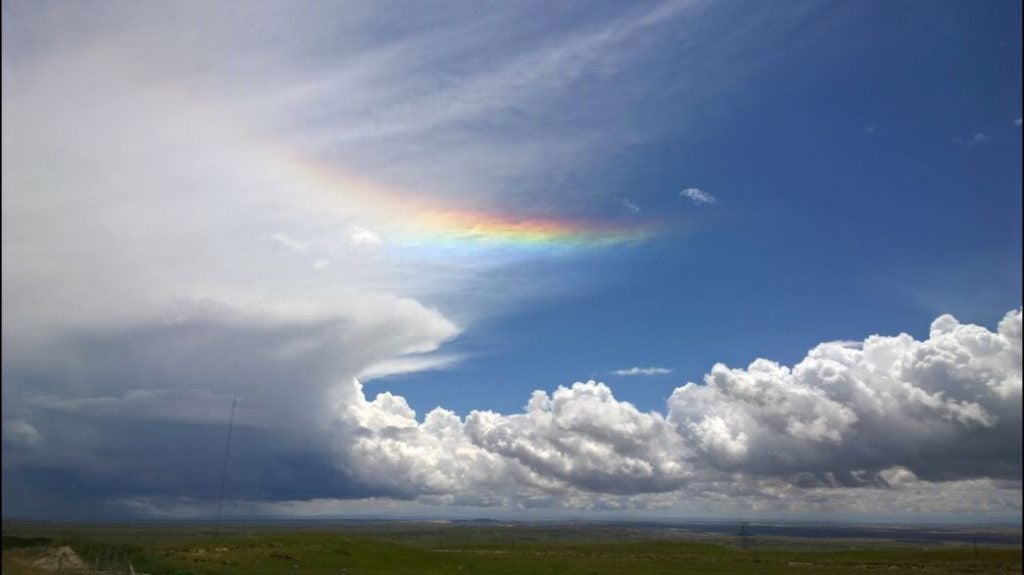I wanted to discuss a recent paper by a fellow member of the UC faculty, J.D. Neelin down at UCLA, and several of his collaborators. This paper lays out in a very simple way the manner in which total storm rainfall will likely change under global warming conditions. What I think is particularly useful about what the authors do in their work is that they note not only that storm intensity will likely increase under global warming but also that storm duration might change. Total rainfall from a storm (or at a particular location on Earth) is the result of the storm intensity and the storm duration. A colleague of mine back at Colorado State was fond of saying that “the most rain occurs where it rains the heaviest for the longest” which is a very simple statement but one that has often been forgotten in the global warming discussion. There are many practical reasons for this neglect, not the least of which is that we often lack temporal resolution of storms in climate models, our chief tool for predicting a future world. Neelin et al point out that the largest storm-total-accumulation values will likely rise due to global warming. And, I would suggest that their argument for why this is true relies uniquely on physical reasoning. We observe that many properties of clouds, including, apparently, total storm accumulation, obey simple power-law scalings. Global warming will likely affect the properties of these power-laws which will likely result in higher frequencies of what would in the current climate be considered extreme rainfall accumulations. Anyway, check out the paper — it’s freely available at PNAS.
Month: February 2017
My Tweets
UC Davis Cloud Library
Archives
- May 2025
- November 2024
- October 2024
- September 2024
- November 2023
- October 2023
- May 2023
- November 2022
- October 2022
- September 2022
- July 2022
- April 2022
- February 2022
- December 2021
- November 2021
- June 2021
- January 2021
- November 2020
- October 2020
- September 2020
- August 2020
- July 2020
- February 2020
- January 2020
- November 2019
- October 2019
- September 2019
- July 2019
- May 2019
- April 2019
- February 2019
- January 2019
- November 2018
- October 2018
- September 2018
- June 2018
- May 2018
- March 2018
- January 2018
- December 2017
- November 2017
- October 2017
- September 2017
- August 2017
- July 2017
- June 2017
- May 2017
- April 2017
- March 2017
- February 2017
- January 2017
- December 2016
- November 2016
- October 2016
- September 2016





